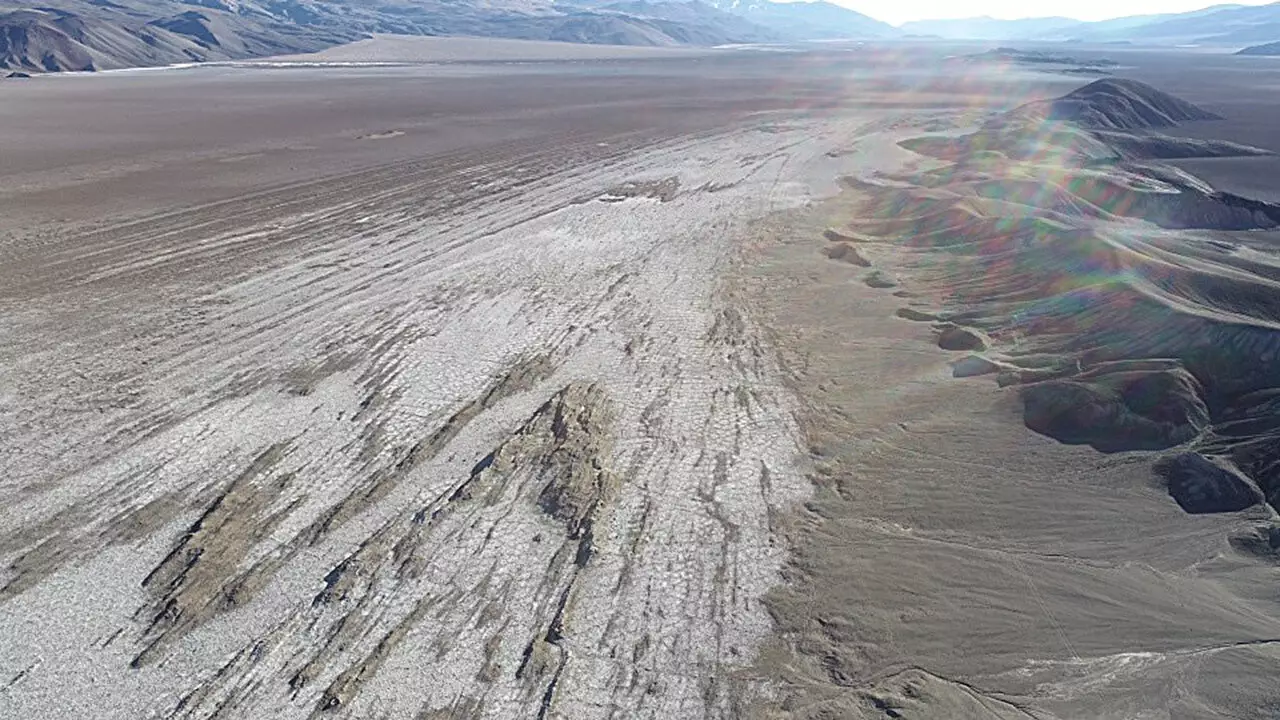The Andean Plateau, a striking expanse nestled high in the South American continent, captivates not only with its majestic beauty but also with its geological significance. Rising over 4,000 meters above sea level, this plateau is a remarkable product of orogenic uplift—a process that ignites when tectonic plates converge and compress, ultimately giving birth to formidable mountain ranges. This geological phenomenon has been in the making for over 20 million years and stands as a testament to the dynamic forces shaping our planet. Studying the intricate evolution of the Andean Plateau can provide invaluable insights not just locally, but globally, as it parallels similar formations around the world.
The Science of Structural Dynamics
Recent research led by Rodrigo Quiroga and his team adds a crucial layer to our understanding of the Puna region, located in the southern expanse of the Andean Plateau. Their groundbreaking study, documented in the journal Tectonics, utilizes a combination of advanced methodologies to unearth the complex interplay of geological stresses and crustal deformations over the past 24 million years. By employing satellite imagery and forward modeling, the researchers meticulously mapped the structural features of the plateau, allowing them to visualize and reconstruct past geological scenarios with remarkable precision.
Through uranium-lead dating of zircon minerals—resilient geological clues to the ancient conditions of their formation—the researchers mapped the shifting dynamics of stress throughout the region. What unfolds from their analysis is a rich narrative of the plateau’s formation, outlined in distinct phases. The initial phase is marked by intense east-west compression, while subsequent stages reveal a transition towards a strike-slip regime. This revelation challenges the conventional understanding of mountainous formations as a consistent process, suggesting a more nuanced transformation influenced by varying stress regimes over time.
Implications for Geological Understanding
This differentiated evolution of the Andean Plateau speaks volumes about the broader processes at play in mountain formation across the globe. The study draws intriguing parallels to the Tibetan Plateau and the Peruvian Andes, suggesting that similar geological forces are at work. However, what sets the Andean Plateau apart is the apparent absence of normal faulting, indicating it has yet to reach a critical stress tipping point that would lead to an orogenic collapse—a stark contrast to the more evolved state of the Tibetan region.
The findings challenge existing geological paradigms and compel further inquiry into the behaviors of these majestic formations. The unique trajectory of the Andean Plateau has far-reaching implications for understanding not just the plateau itself but the fundamental nature of orogenic processes. The knowledge gleaned from this research continues to underscore the importance of geological studies in deciphering the earth’s history and predicting its future transformations. As we unravel these complex histories, it becomes increasingly clear that the Earth’s surface is not merely a static battlefield of rock and soil but a dynamic, evolving tapestry shaped by the relentless forces beneath it.


Leave a Reply